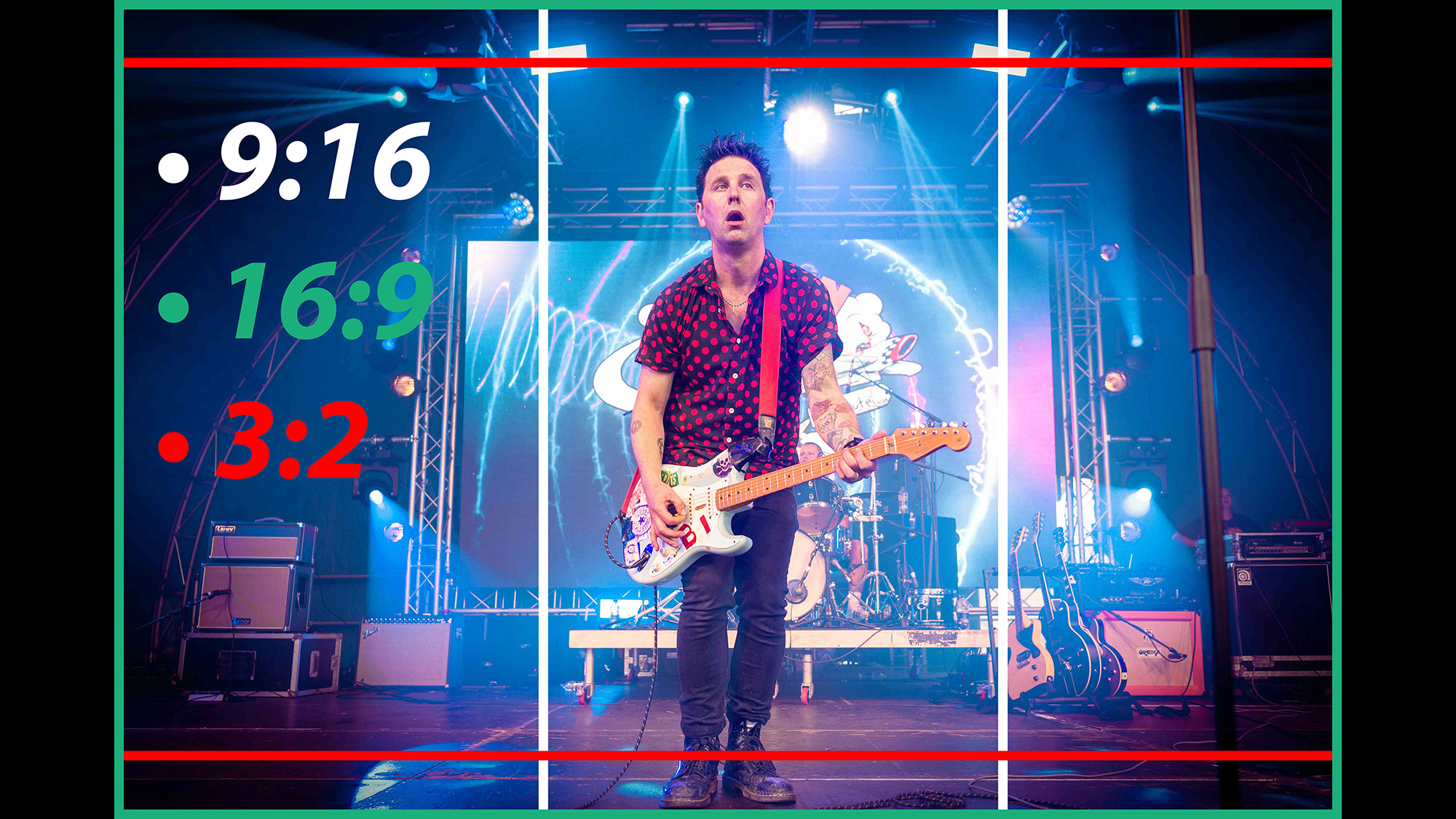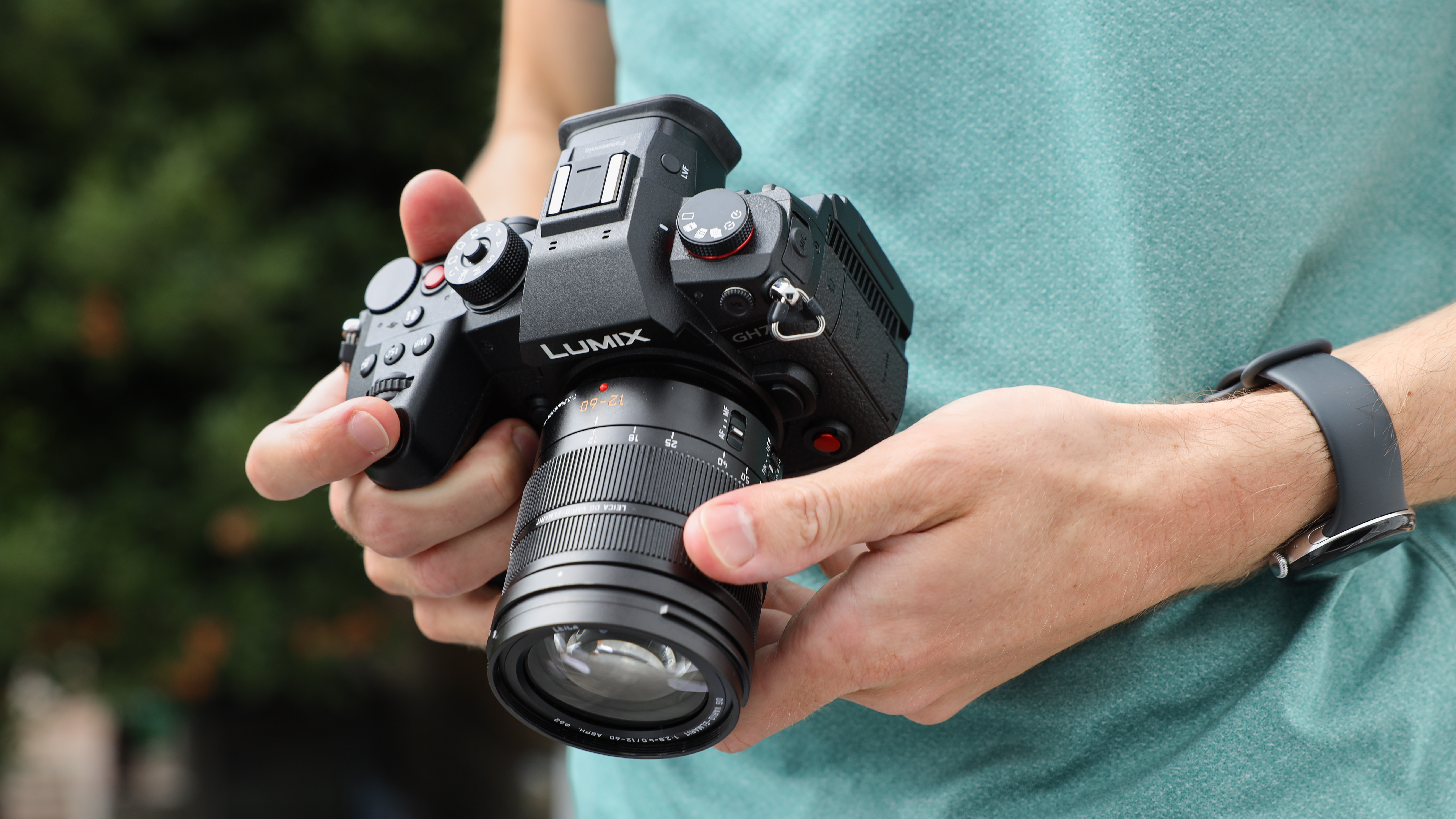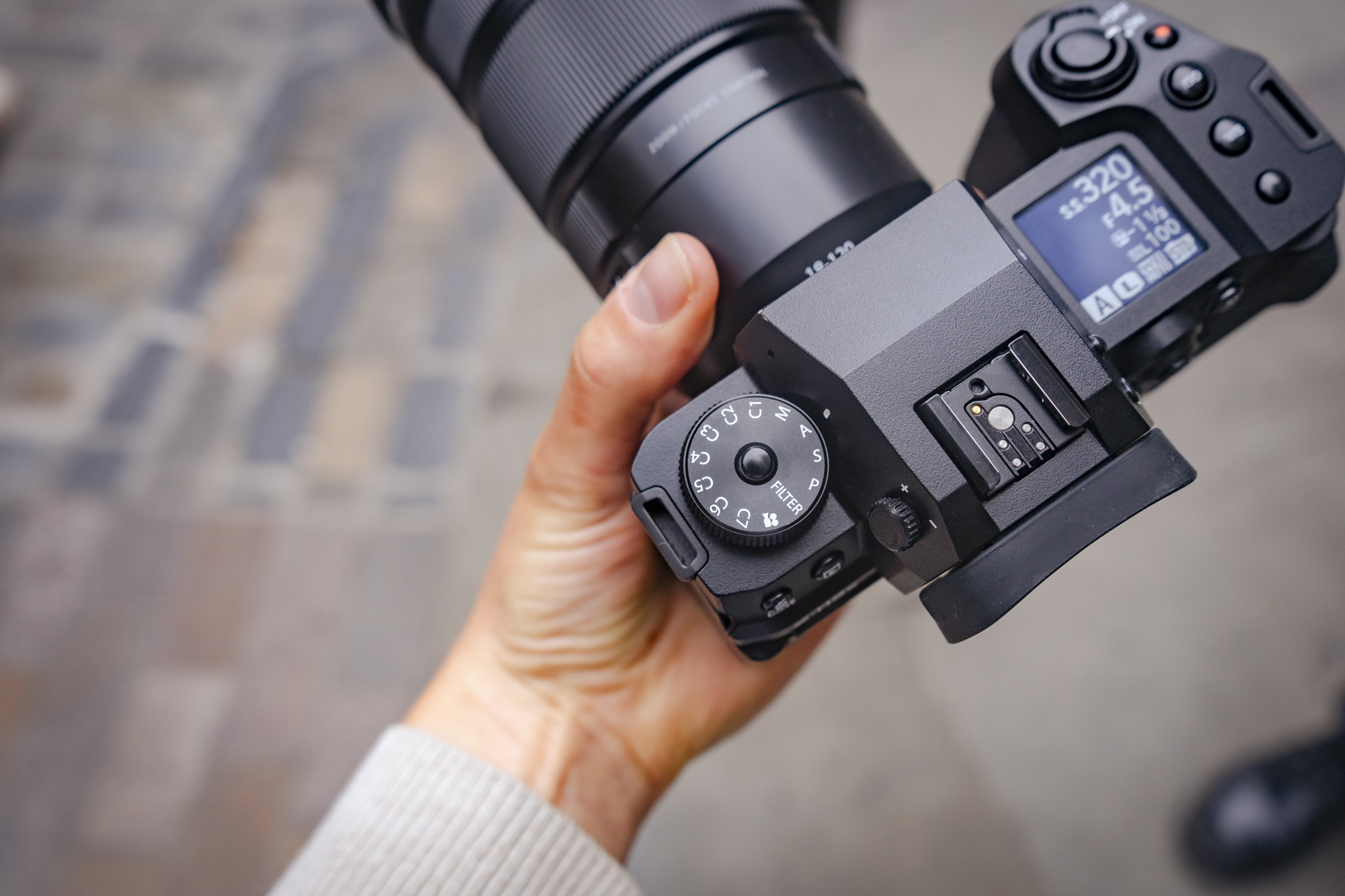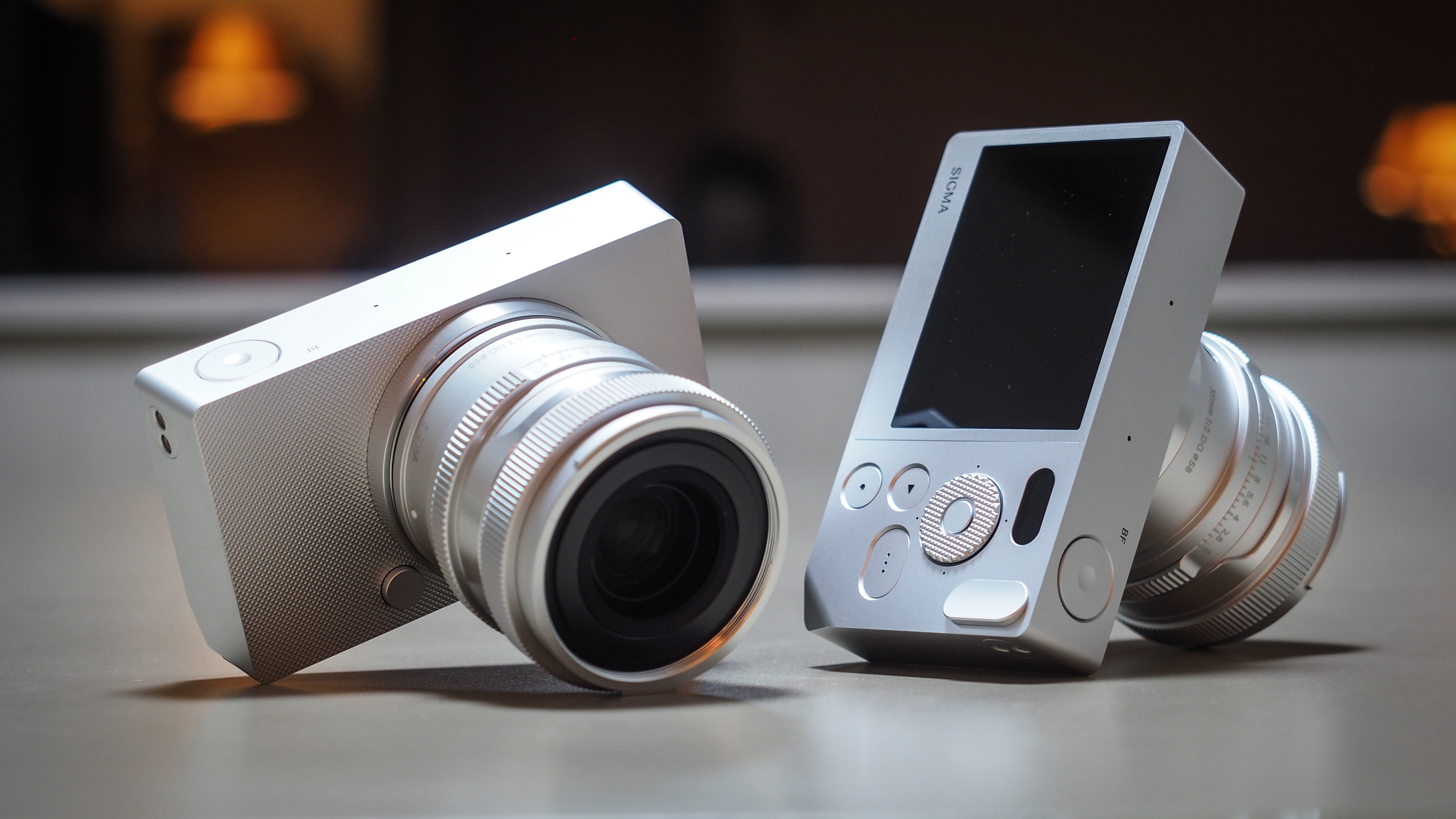WTF is 'Open Gate' and do you really need it on your camera?
Panasonic is particularly partial to the term 'open gate' when describing its latest Lumix cameras, but what does it mean? And should filmmakers care?

Panasonic Lumix has been leading the charge when it comes to 'open-gate' interchangeable lens hybrid cameras, such as the Panasonic Lumix S5 IIX and the recently released Panasonic Lumix GH7. But many of the best cameras for filmmaking – including devices from Blackmagic and Fujifilm – are making the most of this trendy filmmaking feature, too.
'Open gate' may have only entered the lexicon of consumer camera videographers in the past few years, but it's nothing new. The best cinema cameras have featured 'open gate' technology for decades, in both film and digital. In fact, the etymology of 'open gate' can be traced back to the physical film gates found on the movie cameras of old.
The question is: Is 'open gate' necessary for the jobbing videographer in 2024? Or is it just a Hollywoodland indulgence, best left to film crews?
What is 'open gate'?
Simply put, 'open gate' allows the camera to record the entirety of the sensor. "But my Sony FX3 can record uncropped 4K/60p," I hear you say. Well, uncropped 4K refers to the full width of the sensor being used, but not the full height. This is because most cameras record video in a 16:9 aspect ratio, regardless of the dimensions of the sensor. Micro Four Thirds sensors are 4:3 and full-frame and APS-C sensors are 3:2.
Much like a full-frame photographer will make full use of that big 35mm sensor, 'open gate' removes aspect ratio constraints when shooting video, so data is gathered via the entirety of the sensor. It's essentially full-width, full-height video recording.

Why is 'open gate' useful?
The number one advantage when shooting 'open gate' is the freedom to choose your aspect ratio in post production. You can of course do this with conventional 16:9 footage, but recording the entirety of the sensor provides you with more pixels to play with. This allows more detail to be retained in the crop, while also providing additional vertical space than conventional, full-width 16:9 footage.
Even if you intend to convert your image to 16:9, the additional pixels can prove useful. Say you're filming the first kiss at a wedding and you've left a little too much space above the groom’s head. Without 'open gate', you’ve got no room to maneuver because the pixels simply don’t exist. But with 'open gate' – providing you framed the scene adequately – you can move that 16:9 crop right to the top or bottom of the 4:3 or 3:2 footage.
Get the Digital Camera World Newsletter
The best camera deals, reviews, product advice, and unmissable photography news, direct to your inbox!
This also allows you to introduce a digital up or down pedestal movement, without losing resolution. Recording the entirety of the sensor also offers more possibilities when cropping into footage to digitally zoom in post.
'Open gate' can help mitigate the need to crop into anamorphic footage, too. Anamorphic lenses use specialist cylindrical optics to squeeze a super-wide image onto the film or sensor. Today, this image is then digitally stretched out in post to form the lens type's distinctive field of view. 'Open gate' can provide better anamorphic capture, since you get to 'de-squeeze' an image recorded with the full verticality of the sensor.

Do you really need 'open gate'?
Videographers have got by with consumer video/hybrid cameras, without 'open gate' for years. So no, 'open gate' isn’t a necessity. But if you're a videographer who delivers traditional 16:9 video footage and social-media-friendly 9:16 or 1:1 footage, then 'open gate' could prove a very useful asset. Especially if your preference is to shoot for each aspect ratio separately, a time-consuming process.
'Open gate' is also useful if you're shooting something off the cuff, like an event, where capturing the moment will always trump nailing the perfect composition. In this instance, 'open gate' will give you a little more room in post-production to tidy up your framing.
If you often find yourself digitally zooming or adding pedestal movements in post-production, 'open gate' will help you maintain better resolutions. And of course, if you're getting into cinematic filmmaking and use anamorphic lenses, 'open gate' may help you to produce more cinematic results.

What cameras shoot 'open gate'
'Open gate' has been around for a long time and it's not just limited to conventional video cameras, some action cameras like the GoPro Hero 12 Black, can record 'open gate' video. But the technology has only started to gain traction within the mirrorless, interchangeable lens camera sphere over the past few years, with cameras such as the Panasonic Lumix GH5 and Fujifilm X-H2S paving the way.
Here's a list of some of the best cameras for video currently available that can shoot 'open gate'...
• Blackmagic Cinema Camera 6K
• Fujifilm X-H2S
• Fujifilm X-S20
• Panasonic Lumix GH5
• Panasonic Lumix GH5S
• Panasonic Lumix GH5 II
• Panasonic Lumix GH6
• Panasonic Lumix GH7
• Panasonic Lumix S5 II
• Panasonic Lumix S5 IIX
• Panasonic Lumix S1
• Panasonic Lumix S1H
• Panasonic G9 II
• Panasonic Lumix S9
If you're an avid filmmaker, you may be interested in the best camcorders and the best phone for video recording and vlogging.

Mike is Digital Camera World's How To Editor. He has over a decade of experience, writing for some of the biggest specialist publications including Digital Camera, Digital Photographer and PhotoPlus: The Canon Magazine. Prior to DCW, Mike was Deputy Editor of N-Photo: The Nikon Magazine and Production Editor at Wex Photo Video, where he sharpened his skills in both the stills and videography spheres. While he's an avid motorsport photographer, his skills extend to every genre of photography – making him one of Digital Camera World's top tutors for techniques on cameras, lenses, tripods, filters and other imaging equipment – as well as sharing his expertise on shooting everything from portraits and landscapes to abstracts and architecture to wildlife and, yes, fast things going around race tracks...
